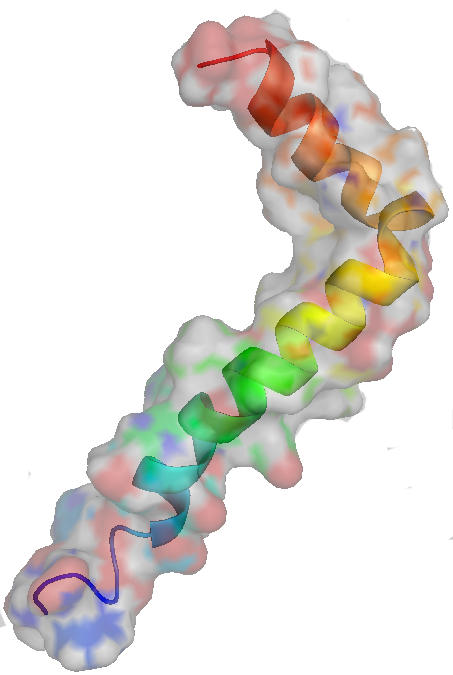Amyloid, The Protein Buildup Responsible For Alzheimer's, Is Actually Good

Amyloid build up is the accumulation of certain proteins responsible for debilitating diseases such as Alzheimer's and Parkinson's disease.
But a recent Stanford study found that the reputably bad protein may actually be produced by the body as a protective agent.
"What we're finding is that, at least under certain circumstances, these amyloid peptides actually help the brain," said Lawrence Steinman, professor of neurology and neurological sciences and of pediatrics at Stanford University School of Medicine. "This really turns the 'amyloid-is-bad' dogma upside down. It will require a shift in people's fundamental beliefs about neurodegeneration and diseases like multiple sclerosis, Alzheimer's and Parkinson's."
Amyloid build ups appear to play a chaperone role for molecules at an injured site by accompanying and assisting in inflammatory and immune responses. When researchers administered the amyloid-forming proteins to laboratory mice, it temporarily alleviated symptoms of neurodegenerative diseases and when they stopped the treatment the conditions reappeared.
"We know the body makes a lot of amyloid-forming proteins in response to injury," Steinman said. "I'm doubtful that that's done to produce more harm. For example, the prion protein is found in every cell in our bodies. What is it doing? It's possible that any therapeutic maneuver to remove all of these proteins could interfere with their natural function."
Other misfolded proteins called fibrils also form amyloid clumps. When a mixture treatment consisting of fibril-forming proteins were administered to three patients with multiple sclerosis, researchers found it removed harmful molecules involved in the inflammatory and immune responses of the body.
Since it was first discovered, amyloid has been a culprit of neurodegenerative diseases but researchers could see the potential in unlocking its hidden functions to create alternative drugs that don't involve amyloid reduction.
In addition to improving Alzheimer's research, the team expects to explore more advances in treating stroke and brain trauma patients.
"Although it will take time, we're determined to move promising results out of the laboratory and into the clinic as quickly as possible," Steinman added.
According to the National Institutes of Aging, higher levels of mental stimulation is linked to lower levels of amyloid present in the brain of older adults. One study pointed out that improving cognitive functions could be achieved by incorporating daily mental activities such as computer games focused on visual and auditory speed and accuracy for at least 60 minutes a day for three days over the course of 12 weeks.
This study was published on April 3 in Science Translational Medicine.
Published by Medicaldaily.com



























